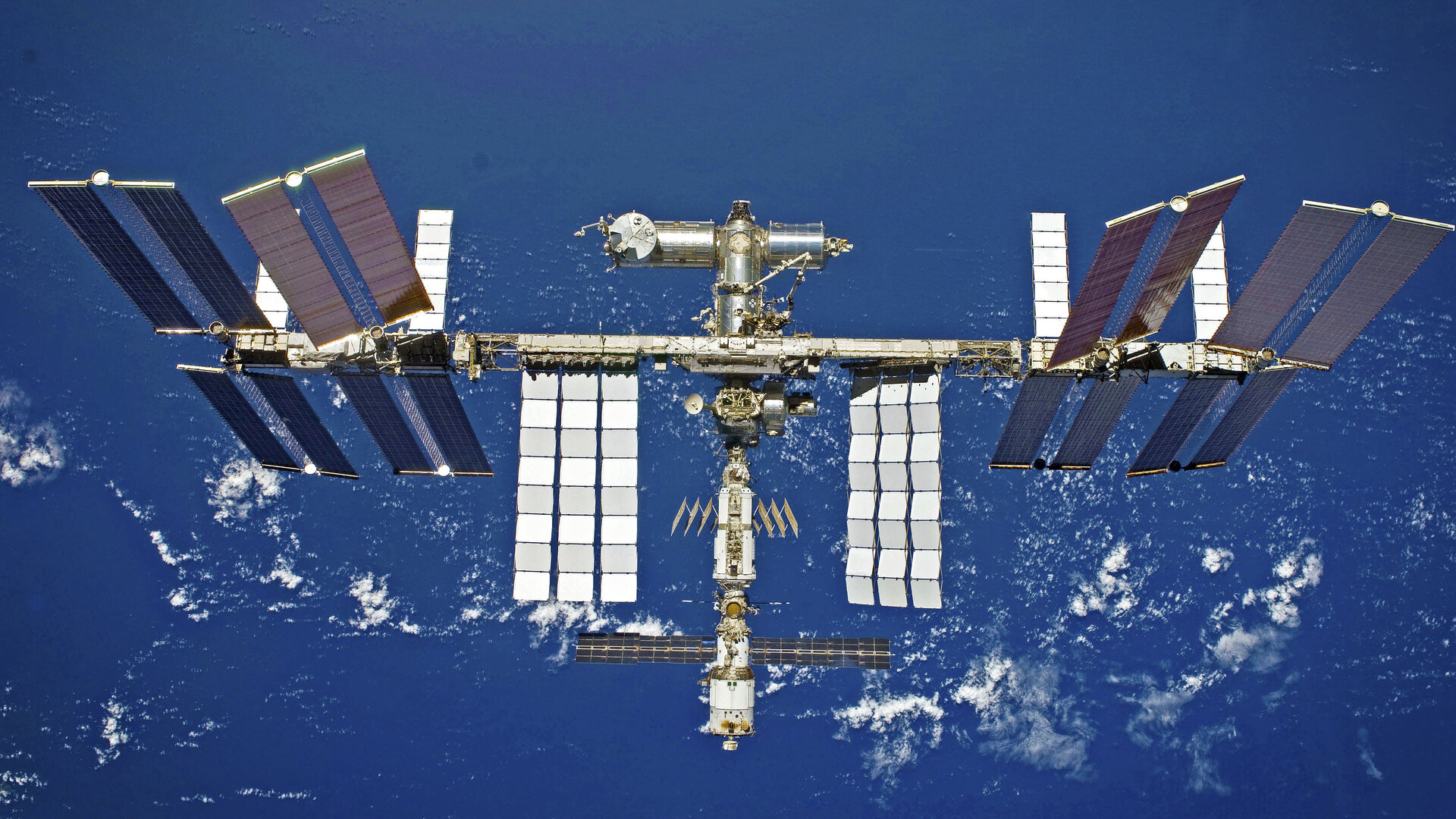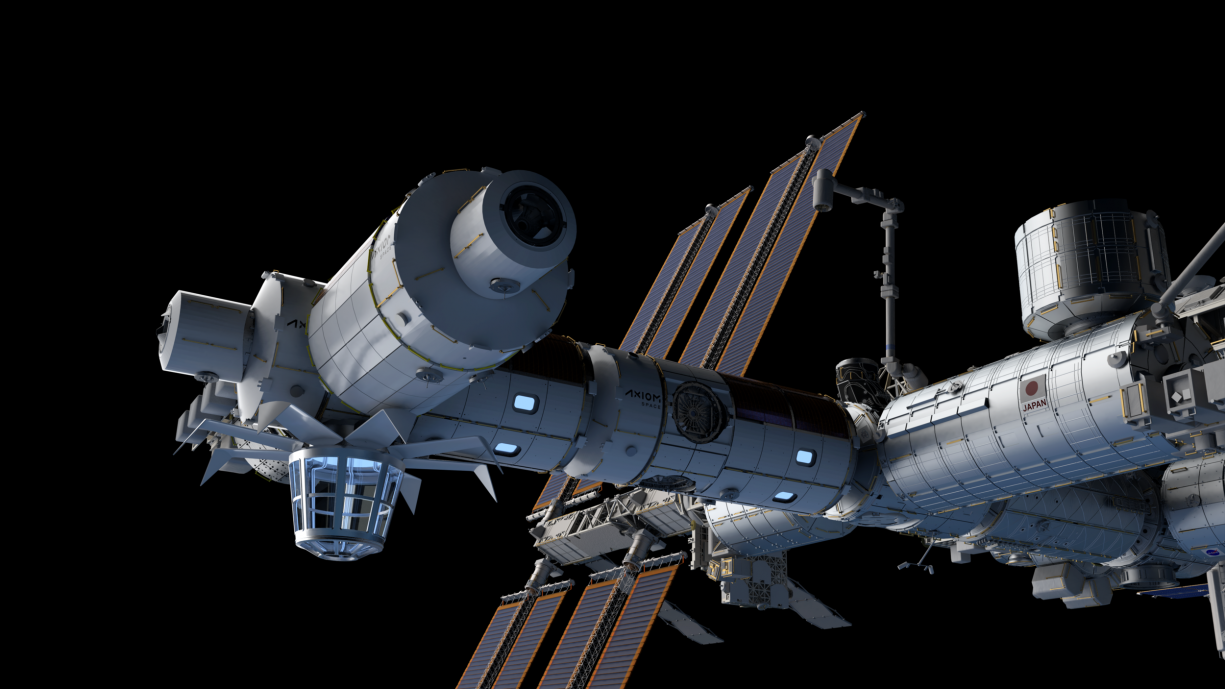The International Space Station (ISS) will retire at the end of this decade and replacement efforts for the same are well underway. However, there is a twist. This time around, instead of an intergovernmental space station, a potentially private one is likely to be sent into the low Earth orbit.
The US space agency NASA is encouraging private firms to make a strong foothold in the space industry. NASA veteran Michael Suffredini’s company Axiom Space is at the forefront of the effort to make a privately-owned space station operational. And it plans on making this space station 97% cheaper than the ISS.
NASA Backs Private Participation
The ISS is almost three decades old and is about to retire. NASA believes that with upgrades, the station can go on to remain operational till 2028 or slightly longer than that. There are no plans for another intergovernmental successor to ISS as of yet.
Instead, NASA is encouraging commercial replacements, in a bid to create an ecosystem where the agency pays the firms behind these replacements for services such as hosting astronauts or conducting research in microgravity.
NASA calls the plan for this enterprise, the Commercial Low-Earth-Orbit Destinations (CLD) project.
In October last year, a consortium led by Lockheed Martin announced its plans to build a permanently crewed commercial space station named Starlab. They plan on launching it into orbit around Earth by 2027.
Soon, Jeff Bezos’ firm Blue Origin also unveiled plans for Orbital Reef, a joint venture with Boeing and some other firms. The Reef will host up to 10 people and is supposed to serve as a “mixed-use business park”. This orbiting industrial estate is expected to open by the end of the decade.
Although private-enterprise missions such as the ones offered by Elon Musk’s rocketry firm SpaceX have existed for several years, these projects are significant because they are planned on a much grander scale.

It is projected that sometime this decade, these efforts are likely to result in the first real colonization of outer space by private enterprise.
NASA awarded a $140 million contract to Houston-based Axiom Space, which has already started manufacturing parts of a station. In March, Axiom Space will send the first-ever private mission to ISS.
The mission comprising a team of researchers will conduct key studies and experiments. This first mission, named Axiom-1, has received permission from NASA and has secured a Dragon spacecraft from SpaceX.
However, the bigger plan is to send modules for a space station over a period of a couple of years to put the first private space station in Earth’s orbit.
Axiom’s Low-Cost Project
The first module is slated to be launched in September 2024. The plan is to let it dock at one of the ISS’s two ports. In the span of six months, it will be joined by a second module and then, the third one in another six months.
After a fourth and final module, to be equipped to generate extra solar power, arrive in 2027, Axiom Station will separate itself and become a “free flyer” with nearly double the usable volume of the ISS.
The Axiom Station will be significantly cheaper than the ISS, which cost $100 billion. Additionally, it costs NASA around $3.5 billion every year simply to maintain and operate the station.
This covers about three-fouth of the cost, with the rest being paid by Canada, Japan, Russia, and other participating European countries. In contrast, Axiom Space’s co-founder Michael Suffredini expects their space station — the first four modules and a power tower — to cost about $3 billion.

Axiom’s low cost is partly due to the scraping off of the waste that is found often in government spending. In addition to that, the firm is using lessons learned from the ISS to cut costs for things such as blocking radiation, recycling urine to recovering water from rubbish.
Another influencing factor is the fact that technology has evolved and much of the kit is cheaper and better now than in the 1990s when the ISS was designed. The Axiom station will be using lots of easily available components developed for smartphones and cars.
Axiom claims it has a distinct advantage over its competitors: it can rely upon the expertise of its employees with the ISS and its power source. However, it will face stricter security requirements compared to free-flying space stations because it will be attached to the ISS at least in the initial stages.
Its revenue model relies upon making money from offering space tourism. The company has also said that most of its revenues will eventually come from companies and industries that want to take advantage of a microgravity environment.
UK-based studio Space Entertainment Enterprise (SEE), which is producing Tom Cruise’s upcoming unnamed space movie, has already announced a deal with Axiom to build an in-orbit studio.
Suffredini also has bigger goals in mind. According to him, if the plan stays on track, then the goal for the second half of the century would be to have cities in orbit — with schools, stores, ponds, and parks spinning around to create artificial gravity with centrifugal force.
For now, that is a couple of decades away and what one does have to look forward to is the flight in March which is being organized by Axiom Space and will be done using a SpaceX Dragon 2 – a semi-reusable spacecraft. While it has experience with flying government astronauts for NASA, this will be the Dragon’s first time taking a private crew into space.
- Contact the author at: shreyya.mundhra@gmail.com
- Follow EurAsian Times on Google News




